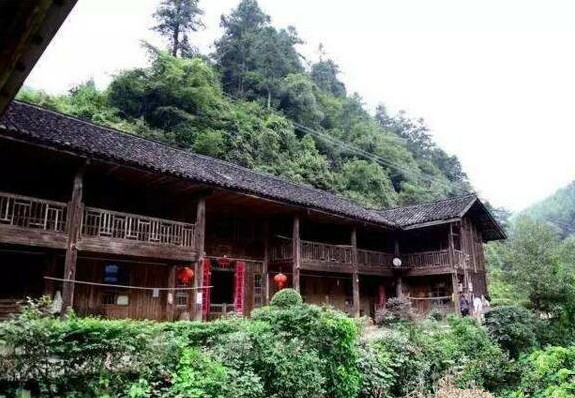Lazhudi Village in Fugong County, Nujiang
Attraction Overview
The village is rich in tourism resources, with strong regional and distinctive features. The mysterious primitive religion and the western religions together formed a rich and colorful national culture, which is a typical representative place of Lisu culture.
Attraction Type: Village
Chinese Name: 腊竹底民族文化村(Pinyin: Lazudicun)
Best Time to Visit: All-year-round
Recommended Visiting Time: 1 Day
Open Hours: All Day
Admission Fee: Free
Altitude: 1360 meters
Location: Fugong County in Nujiang Lisu Autonomous Prefecture, Yunnan
Why is Lazhudi Village So Special?
The village is rich in tourism resources, with strong regional and distinctive features. There are idyllic landscapes surrounded by canyons and mountains. The surging Nu river and the Lazhudi river flow through the village. The Liusuo(zip-line) and suspension bridge are available for tourists to explore. The village has Lisu farmer four voices chorus which is the combination of western and local cultures.
Where is Lazhudi Village – Location
It is located to the north of Shangpa town(上帕镇), adjacent to Dayou village(达友村) in the east, Fugong county seat in the south, Shidi village(施底村) in the west and Puluo village(普洛村) in the north. Fugong county is located in the middle part of the Nujiang Grand Canyon. Lazhudi village is 4 kilometers away from the county town and Wagong road runs through the village.
Features of Lazhudi Village
The combination of nature and humanity gives unique charm to the landscape and Lazhudi people, which makes the locals brave, hospitable, good at singing and dancing. The folk houses, food, clothing, celebrations, weddings and funerals, ethnic music and dance are all unique in this area including stone wall houses, wooden houses with thousands of feet, wattle house, and featured hand pilaf, roast suckling pig, corn porridge, as well as colorful ethnic costumes. The mysterious primitive religion and the western religious culture together forms rich and colorful national culture here, which is a typical representative place of Lisu culture.
















